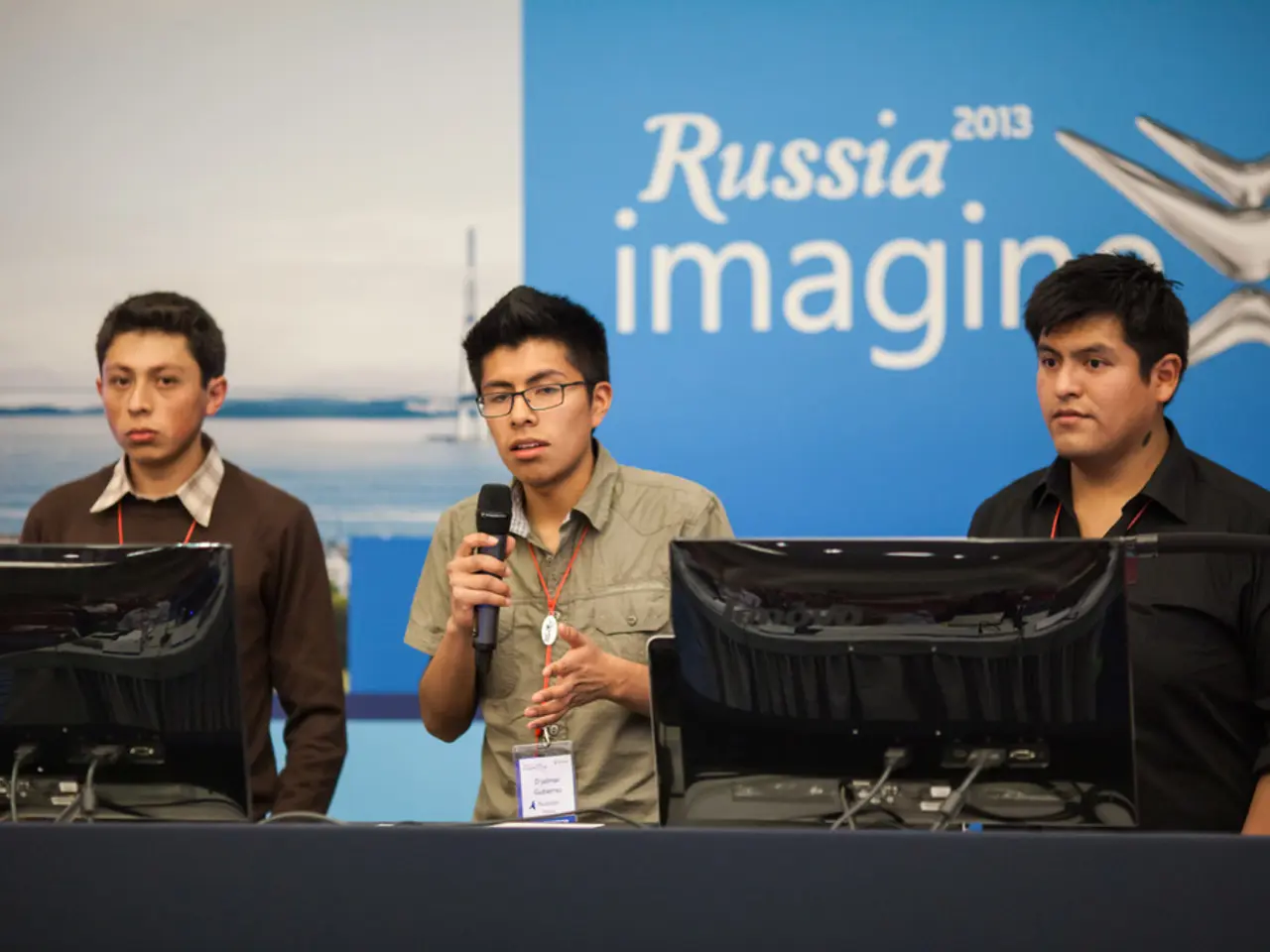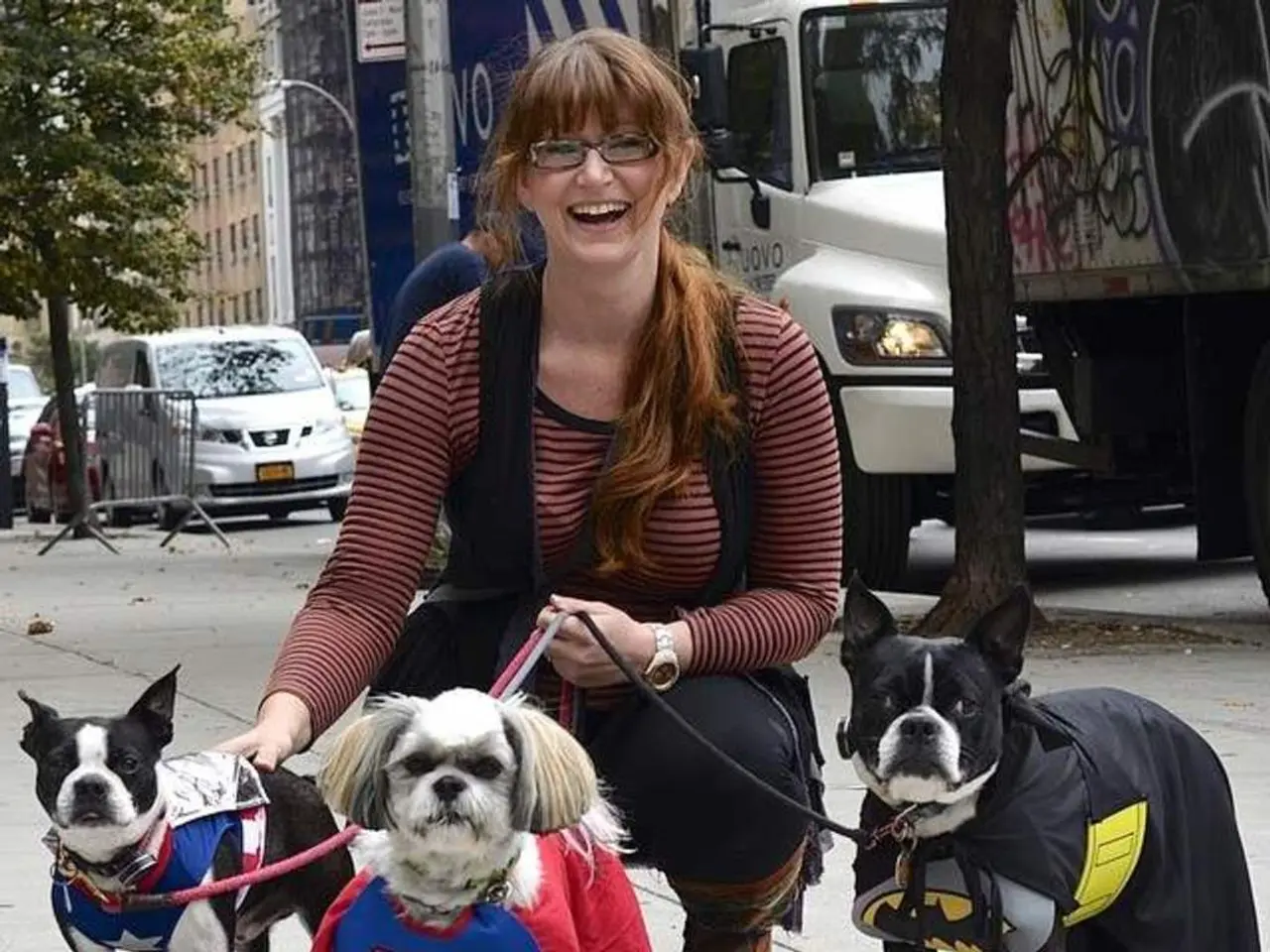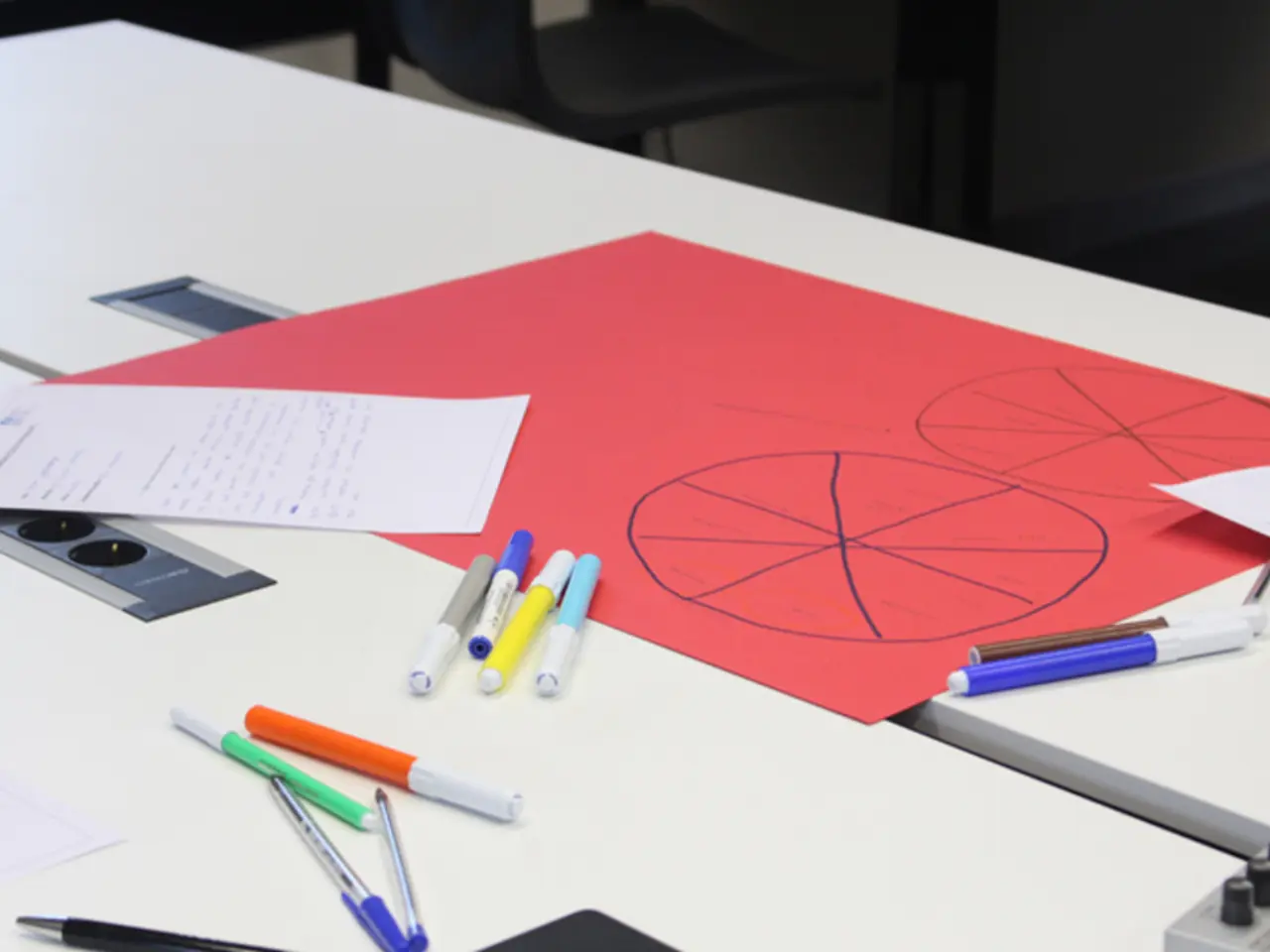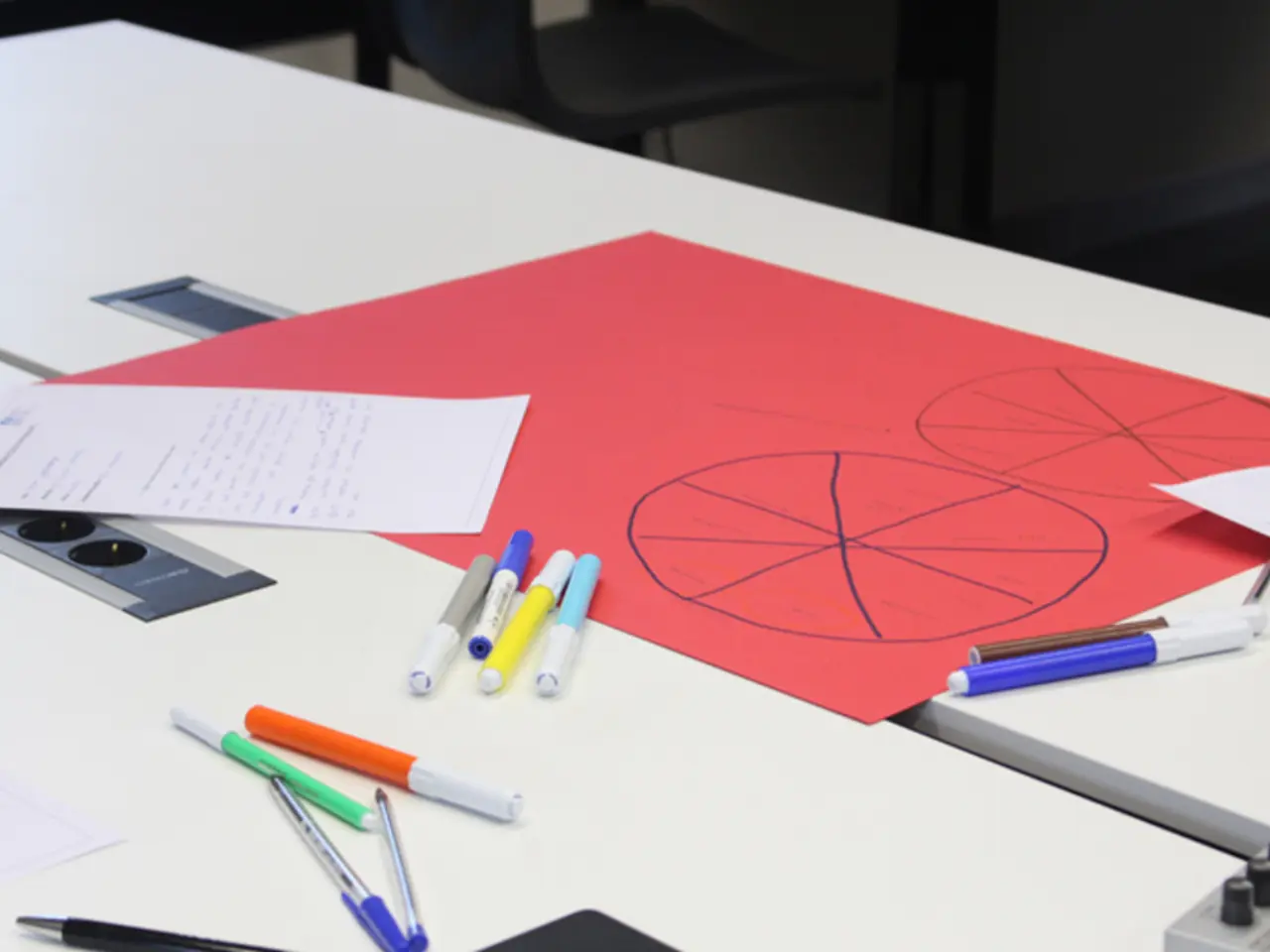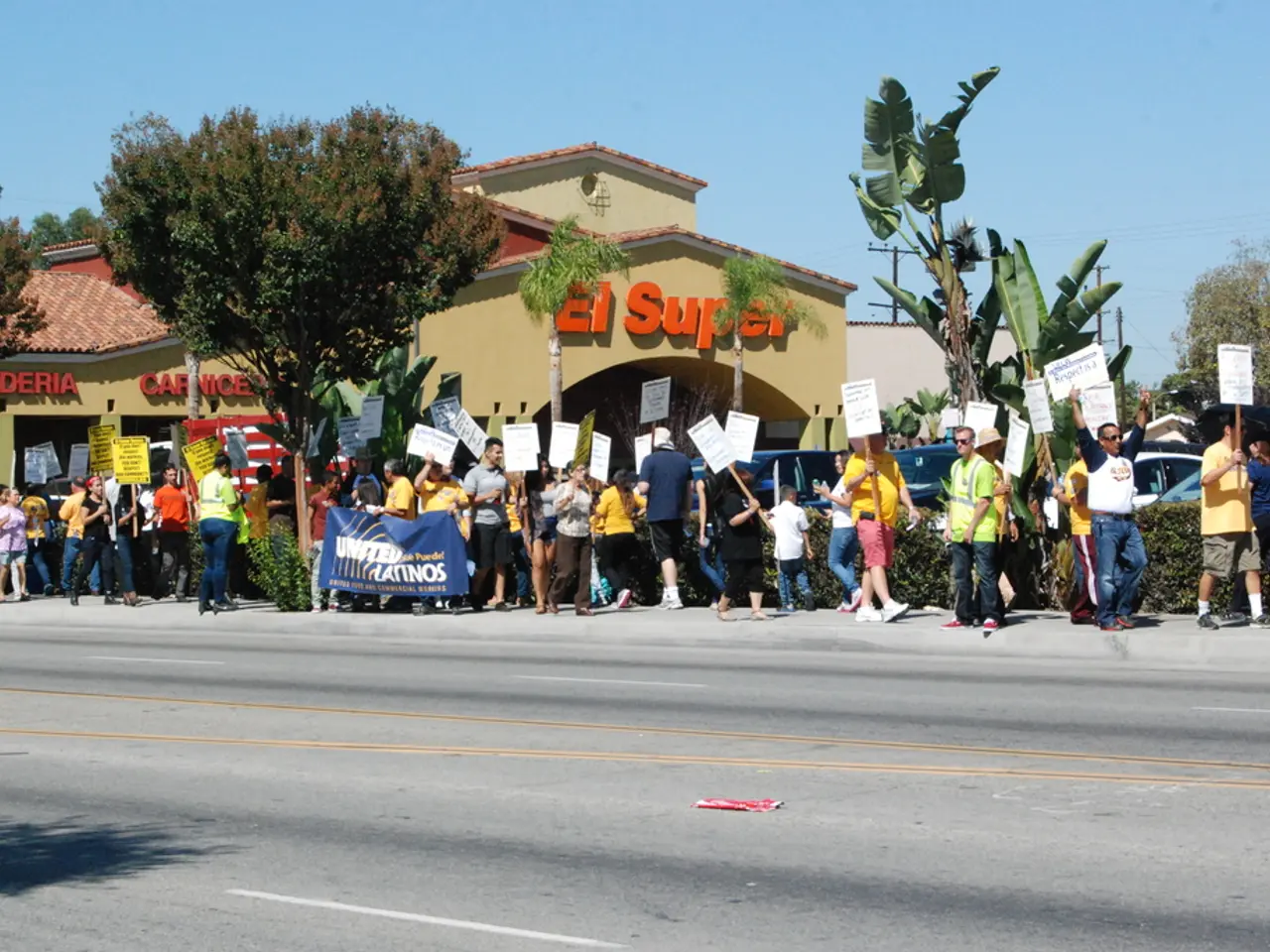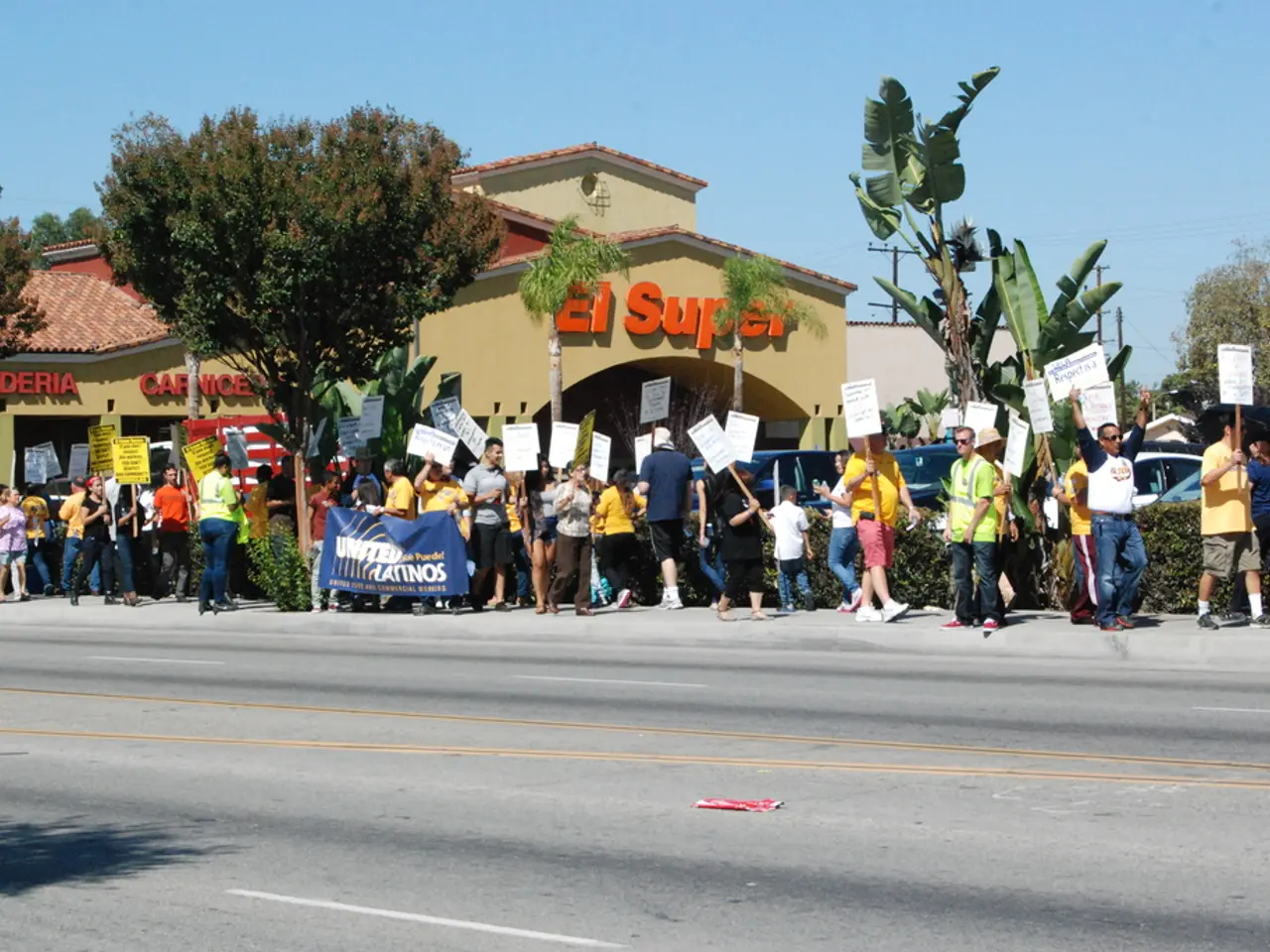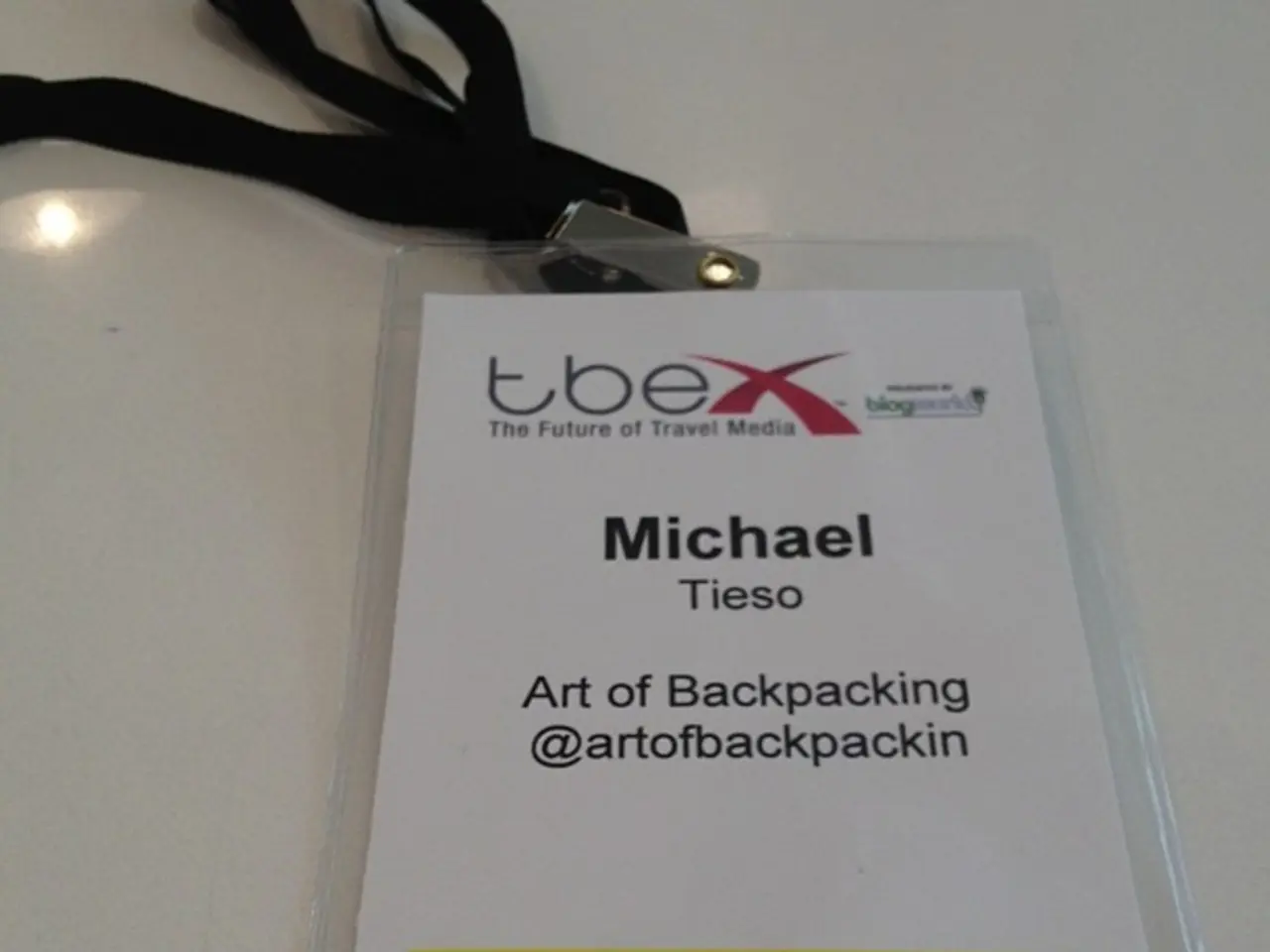Debunked: Unfounded assertion spreading online falsely suggests capture of British military personnel in Ukraine
In the past week, a sensational story about three British military officers being "captured" during a Russian raid on a Ukrainian naval base has circulated widely online, gaining traction from Norway to Pakistan. However, this narrative has been debunked as false.
The story, which was first reported in Russian media, was shared on various platforms, including the Kremlin-controlled EurAsia Daily and Serbia's state-owned B92. Despite requests for comment, neither B92 nor the website responded, raising questions about why they ran the story.
The story's protagonists, "colonel" Eourard Blake and "colonel" Richard Carroll, do not exist in any recent British Armed Forces or Ministry of Defence records, further casting doubt on its authenticity.
Roman Osadchuk, director of threat intelligence at LetsData and non-resident fellow at the Atlantic Council's Digital Forensic Research Lab, believes the story is typical of a Russian disinformation operation. He explains that Russian campaigns often construct false or misleading stories, such as portraying Ukraine as obstructing peace talks, accusing it of authoritarianism, or depicting Europe as incapable of managing security without Russia.
Osadchuk also notes that the target audience for this disinformation is not just abroad but also inside Russia itself. He states, "The bigger audience for Russian propaganda is actually inside Russia itself, to show Russians how mighty the military is."
The story was amplified in the United Kingdom by former members of parliament, George Galloway and Andrew Bridgen. Galloway, who worked as a presenter on the Russian state-owned RT broadcaster for nine years until 2022, has been vocal in blaming NATO and the West for Russia's invasion of Ukraine. Bridgen, who was expelled from the center-right Conservative Party in 2023 for tweeting that the use of COVID-19 vaccines was "the biggest crime against humanity since the Holocaust," also shared the story.
Interestingly, four different images used to illustrate the story across various media outlets and social media channels are AI-generated, according to the AI image detection tool SightEngine. The uniforms worn by the men in these images deviate from strict military clothing patterns and standards, suggesting they were generated based on visual approximations rather than real references.
Osadchuk advises ignoring disinformation until certain thresholds, but if a story starts to be disseminated on multiple platforms or if former members of a country's parliament are sharing it, it should be debunked. The goal of Russian disinformation campaigns, as Osadchuk explains, is to destabilize opponents, influence foreign publics, erode trust, and amplify divisions across countries.
- The sensational news about three British military officers allegedly captured during a Russian raid on a Ukrainian naval base buzzed around various online platforms from Norway to Pakistan.
- Roman Osadchuk, a threat intelligence director, suggests that the narrative is a typical Russian disinformation operation, likening it to portraying Ukraine as obstructing peace talks or accusing Europe of inability to manage security without Russia.
- The story, originally published in Russian media, was shared on EurAsia Daily and B92, with neither responding to requests for comment, raising questions about its publication.
- The non-existence of the story's characters, "colonel" Eourard Blake and "colonel" Richard Carroll, in recent British Armed Forces or Ministry of Defence records adds to the doubt surrounding the story's authenticity.
- Social media and media outlets across the world disseminated the story, with four different images used to illustrate it being AI-generated, deviating from strict military clothing patterns and standards.
- Former members of the United Kingdom's parliament, George Galloway and Andrew Bridgen, also contributed to the story's amplification, reflecting their differing stances on NATO, the West, and the Ukraine conflict.
